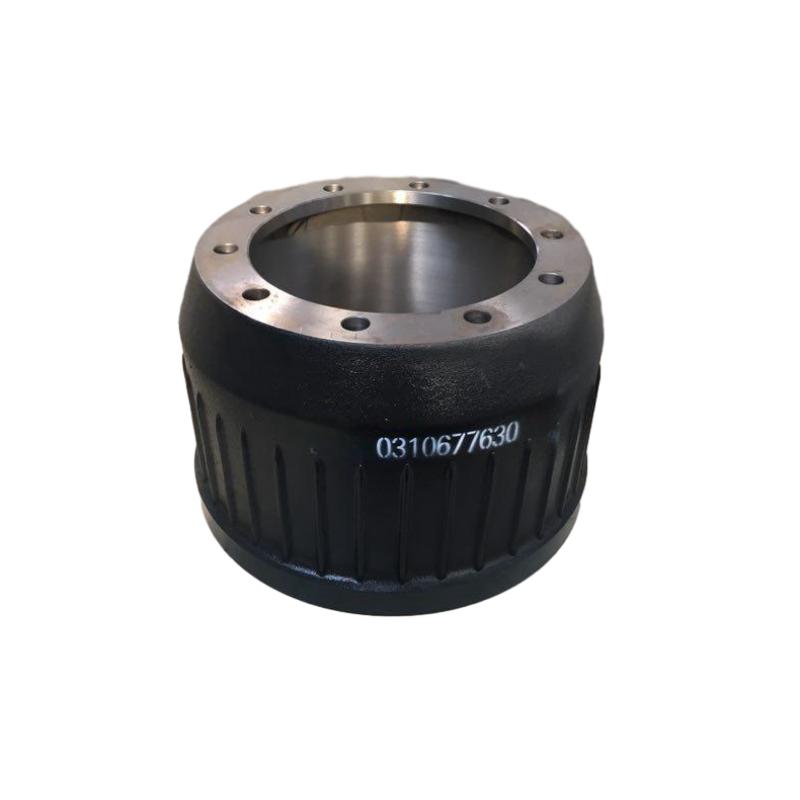7 月 . 30, 2024 18:07 Back to list
Signs It's Time to Change Your Brake Drums and Shoes for Safe Driving Performance
When to Replace Brake Drums and Shoes
Brake systems are one of the most critical components of a vehicle's safety. They are responsible for slowing down or stopping the vehicle, making their condition vital not just for performance but also for the safety of the driver, passengers, and pedestrians. Among the essential parts of drum brake systems are the brake drums and brake shoes, which require regular inspection and replacement to ensure proper functioning. Understanding when to replace these components can significantly extend the lifespan of your braking system and enhance overall safety.
Understanding Brake Drums and Shoes
Brake drums are cylindrical components that house the brake shoes, which are a part of the braking mechanism that comes into contact with the drums to create the necessary friction for stopping the vehicle. The brake shoes are lined with a friction material that wears down over time as it is subjected to constant pressure and heat during braking.
Signs Indicating Replacement
1. Squeaking or Squealing Noises One of the first signs that you may need to replace your brake drums and shoes is the presence of squeaking or squealing noises when you apply the brakes. This noise usually indicates that the friction material on the shoes is worn down and should be inspected and possibly replaced.
2. Grabbing or Pulling If you notice that your vehicle pulls to one side when you brake, this could be a sign of uneven wear on the brake shoes or malfunctioning brake drums. Such behavior not only affects the driving experience but can also lead to further damage if not addressed promptly.
3. Vibration If you feel vibrations in the brake pedal when you apply the brakes, this can indicate that the brake drums are warped and may need to be machined or replaced. A smooth, consistent braking experience is essential for safety and comfort.
when to replace brake drums and shoes

4. Lengthened Stopping Distance If your car takes longer to stop than usual, it may indicate that your brake shoes have worn down and are unable to generate sufficient friction against the drums. This impairment can compromise safety and should be addressed immediately.
Recommended Maintenance Schedule
While some drivers may notice symptoms that necessitate immediate inspection or replacement, others may prefer a more preventative approach. It is generally recommended to have your brake drums and shoes inspected every 12,000 to 15,000 miles, or at least once a year. During routine maintenance, a mechanic will check for wear and tear on both the brake shoes and drums and advise on necessary replacements.
Factors Influencing Replacement Frequency
Several factors can influence how often you might need to replace your brake drums and shoes
- Driving Habits Frequent stop-and-go driving, or driving in hilly areas can cause increased wear on brake components. - Type of Vehicle Heavier vehicles generally require more braking force, leading to faster wear on brake shoes and drums. - Quality of Components Using high-quality brake shoes and drums can extend their lifespan compared to cheaper alternatives.
Conclusion
In conclusion, understanding when to replace brake drums and shoes is crucial for maintaining your vehicle’s safety and performance. Regular inspections, being attentive to warning signs, and adhering to a maintenance schedule can prevent significant issues down the road. Prioritizing brake system health not only enhances vehicle reliability but also ensures a safer driving experience for everyone on the road. Always consult with a qualified mechanic if you suspect any issues with your brakes to determine the best course of action.
-
Brake Drum for Kamaz Trucks Durable OEM Replacement & High Performance
NewsMay.30,2025
-
Brake Drum Man High-Quality Drum Brake & Shoe Solutions
NewsMay.30,2025
-
High-Performance Brake Drum for Kamaz Trucks Durable Drum Brake Components
NewsMay.29,2025
-
Brake Drum Man High-Quality Drum Brake Drums & Brake Shoes
NewsMay.29,2025
-
Brake Drum MAZ High-Performance & Durable Replacement Parts
NewsMay.29,2025
-
heavy truck brake drums
NewsMar.07,2025
